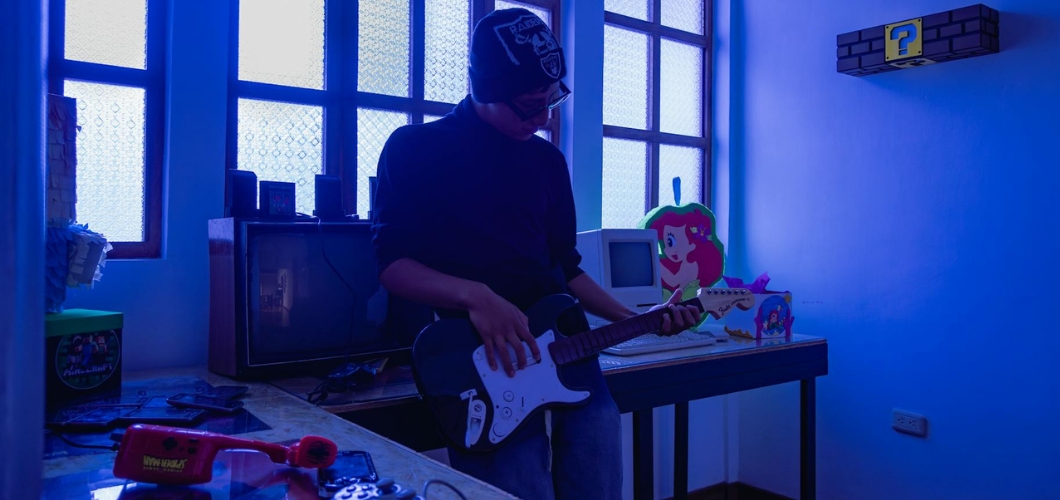In recent years, AI has swiftly grown from a data processing and automation tool to a formidable force in the creative sectors. AI is creating works that challenge traditional concepts of creativity and artistic expression in fields ranging from art to music. However, the issue remains: Can AI genuinely be creative?
The Rise of AI in Art
AI-generated art is no longer a science fiction concept; it is a reality. Tools like DALL-E and Midjourney can now generate amazing graphics from simple text inputs. These AI systems employ advanced machine learning techniques, notably Generative Adversarial Network (GANs), to generate visuals that frequently mirror the styles of well-known artists or construct whole new compositions. The approach entails training AI models on hundreds of artworks to help them comprehend patterns, styles, and colour palettes.
AI for Music Composition
AI is also making an impact in the field of music composition. Tools such as OpenAI’s MuseNet and AIVA (Artificial Intelligence Virtual Artist) may compose creative songs in a variety of genres, including classical, jazz, and pop. These AI algorithms are trained on enormous music collections, learning patterns in melody, harmony, and rhythm to create new songs. Some AI-generated music has even appeared in movies, ads, and video games.
AI is a Tool, not a Replacement.
While AI may not be able to replace human creativity, it can be an effective tool for collaboration. Many artists and musicians use AI to improve their work, experiment with new styles, and overcome creative blockages. For example, musicians may utilize AI to develop previously unheard-of musical concepts or sounds, while visual artists may use AI to experiment with new approaches or styles.
The Ethical Implications of AI Art and Music
As AI continues to make art and music, ethical concerns about the ownership and value of these products will only grow. Who owns a work of AI-generated art? Is it the person who developed the algorithm, the person who supplied the original input, or the computer itself? Furthermore, as AI improves its ability to replicate human artists and composers, there are concerns that human creators will be displaced. Will AI-driven creations reduce the demand for human-made art, or will they open new avenues for collaboration and innovation?
Conclusion
AI’s involvement in art and music is multifaceted, with many unanswered problems about creation, ownership, and the future of artistic expression. While AI can create visually and audibly spectacular art and music, the question of whether it is creative is subjective. At its foundation, creativity is about intention, emotion, and meaning, not just creating something new.



